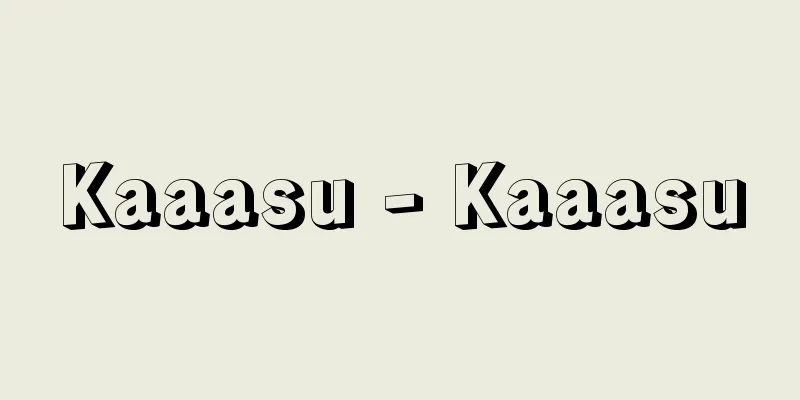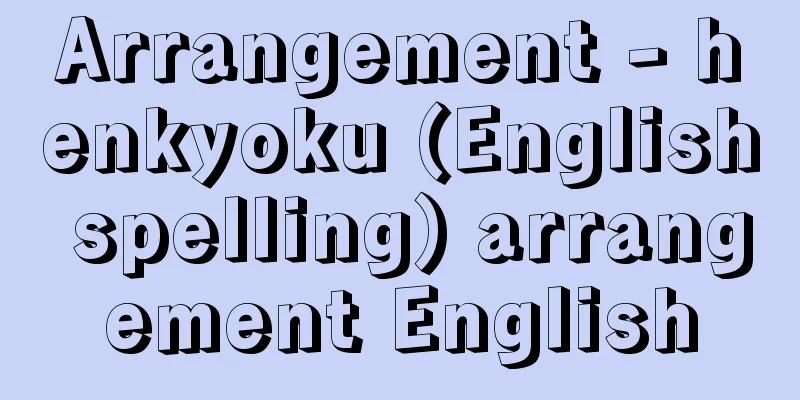Lomé Convention

|
An economic cooperation agreement concluded between nine European Community (EC) countries and 46 developing countries in Africa, the Caribbean and the Pacific (ACP countries, an acronym for the three regions). It was signed in February 1975 in Lome, the capital of Togo, and came into effect in April 1976. The EC provides for an association between European countries and non-European countries that once had special relations with them, such as colonies or protectorates. The prototype of this association was the Yaoundé Agreement, concluded in July 1963 between the six European Economic Community (EEC) countries and 18 African countries that belonged to the French Union. The contents of the Agreement included the integration of trade relations through mutual preferences and the provision of development aid funds. Furthermore, the association with African countries was expanded to three East African countries that belonged to the Commonwealth of Nations (Arusha Agreement), which came into effect in 1971. The Yaoundé Agreement and the Arusha Agreement were set to expire at the end of January 1975, while the Commonwealth System of Preferences was to disappear after 1975 when the UK joined the EC (1973). Therefore, the Lomé Agreement was concluded as a new agreement to replace the two agreements mentioned above, which also included the Commonwealth of Nations. The main contents of the Lomé Convention were: (1) the EC would, in principle, eliminate tariffs and trade restrictions on ACP countries' exports to the EC, but would only have to grant most-favored-nation status to the ACP countries' imports from the EC (abolition of reverse preferences); (2) the Stabilization of Export Earnings (STABEX) system would be introduced to protect the export income of the ACP countries from fluctuations in primary commodity prices; and (3) the EC would establish the European Development Fund (EDF) to provide economic and technical assistance to the ACP countries. The Lomé Convention continued in two versions (March 1980-February 1985) and three (March 1985-February 1990) after the first (April 1976-February 1980), but the number of ACP countries increased in the meantime, with 58 countries participating in the second convention and 64 in the third. The second convention also established an export income stabilization system for mineral products, which was further expanded in the third convention to launch the System for Maintenance of Mineral Production and Export Capacity (SYSMIN). The fourth convention was concluded at the end of 1990 with 69 ACP countries, extending the agreement period to 10 years. [Hikari Aihara] [Reference item] |Source: Shogakukan Encyclopedia Nipponica About Encyclopedia Nipponica Information | Legend |
|
ヨーロッパ共同体(EC)9か国とアフリカ、カリブ海、太平洋地域の発展途上国(三地域の頭文字をとってACP諸国という)46か国との間で結ばれた経済協力協定。1975年2月にトーゴの首都ロメにおいて調印され、76年4月に発効した。 ECは、かつてヨーロッパ諸国と植民地・保護領など特別の関係を有していた非ヨーロッパ諸国との間の連合関係を規定しているが、この連合関係の原型が、1963年7月、当時のヨーロッパ経済共同体(EEC)6か国とフランス連合に属するアフリカ18か国との間に結ばれたヤウンデ協定である。その内容は、相互特恵による貿易関係の一体化と開発援助資金の供与であった。さらに、アフリカ諸国との連合関係は、イギリス連邦に属する東アフリカ3か国にも拡大され(アルーシャ協定)、71年から実施された。ヤウンデ協定とアルーシャ協定は、75年1月末に失効することになっており、他方、イギリスのEC加盟(1973)によってイギリス連邦特恵制度は75年以降消滅することになっていた。そこで、前記二協定にかわるものでイギリス連邦諸国も加えた新協定としてロメ協定が締結されたのである。 ロメ協定のおもな内容は、〔1〕ACP諸国のEC向け輸出については、ECは原則として関税および貿易制限を撤廃するが、ACP諸国のECからの輸入については最恵国待遇を提供するだけでよい(逆特恵の廃止)、〔2〕ACP諸国の輸出所得が一次産品価格の変動によって影響を受けないようにするため輸出所得安定化制度(STABEX)を導入する、〔3〕ECはヨーロッパ開発基金(EDF)を設けて、ACP諸国に経済・技術援助を行う、などである。 ロメ協定は第一次協定(1976年4月~80年2月)のあと、第二次協定(1980年3月~85年2月)、第三次協定(1985年3月~90年2月)として継続されていたが、ACP諸国はその間に増加し、第二次協定には58か国、第三次協定には64か国が参加している。また、第二次協定では、鉱産物についても輸出所得安定化制度が設けられ、第三次協定では、これをさらに拡充して鉱産物生産・輸出能力維持制度(SYSMIN)が発足した。さらに90年末から協定期間を10年間に延長し、第四次協定がACP69か国との間で結ばれている。 [相原 光] [参照項目] |出典 小学館 日本大百科全書(ニッポニカ)日本大百科全書(ニッポニカ)について 情報 | 凡例 |
<<: Street car - romendensha (English spelling)
Recommend
Feudal law - English
A law that regulated the relationship between feu...
Corfu [island] - Corfu
A Greek territory on the west coast of Greece, at ...
Annia Road - Annia Road
…The pavement was completed during the time of th...
Osmoregulation - Osmoregulation
Also known as osmoregulation. A mechanism for main...
Collection of Grass Herbs - Souanshu
This is a private collection of poems by the poet...
Shiwa [town] - wrinkle
A town in Shiwa County in central Iwate Prefecture...
Tsukidate [town] - Tsukidate
An old town in Kurihara County, northern Miyagi Pr...
Additives - Kayaku
〘noun〙① In Chinese herbal medicine, adding a small...
domed hut
...This has the minimum function for humans of ke...
Sake bottle - Tokuri
A type of sake vessel, a container for pouring sa...
Realschule (English spelling)
A type of secondary school in Germany. It is trans...
Salomone-Marino, S. (English)
…The 25 volumes of the “Sicilian Folklore Series”...
Seishi Yamaguchi
Haiku poet. Born on November 3, 1901 in Kyoto Cit...
Amazona
...A general term for birds of the Amazon genus A...
Pravaz, CG (English spelling)PravazCG
...When using drugs, professional judgment is req...









